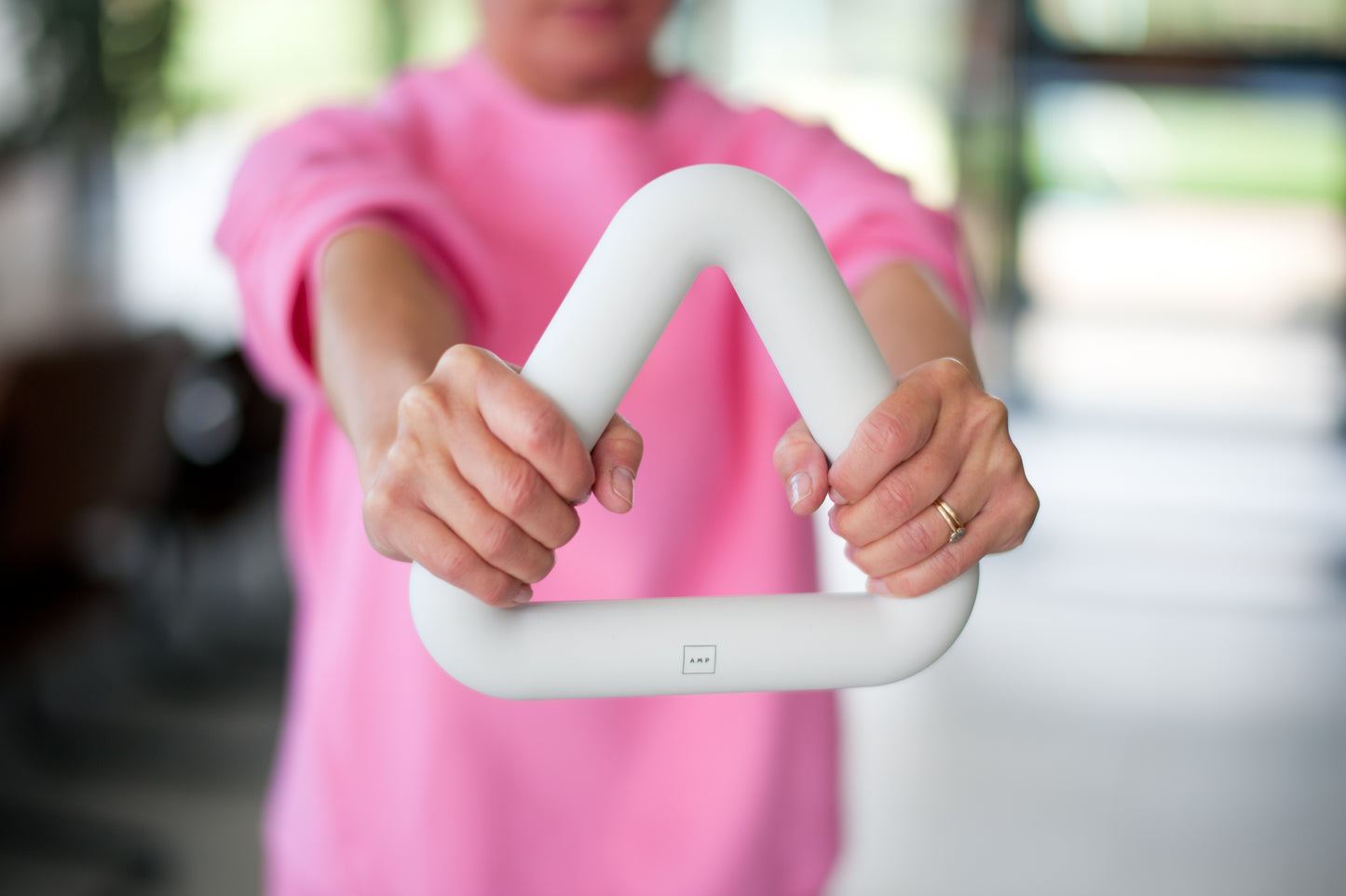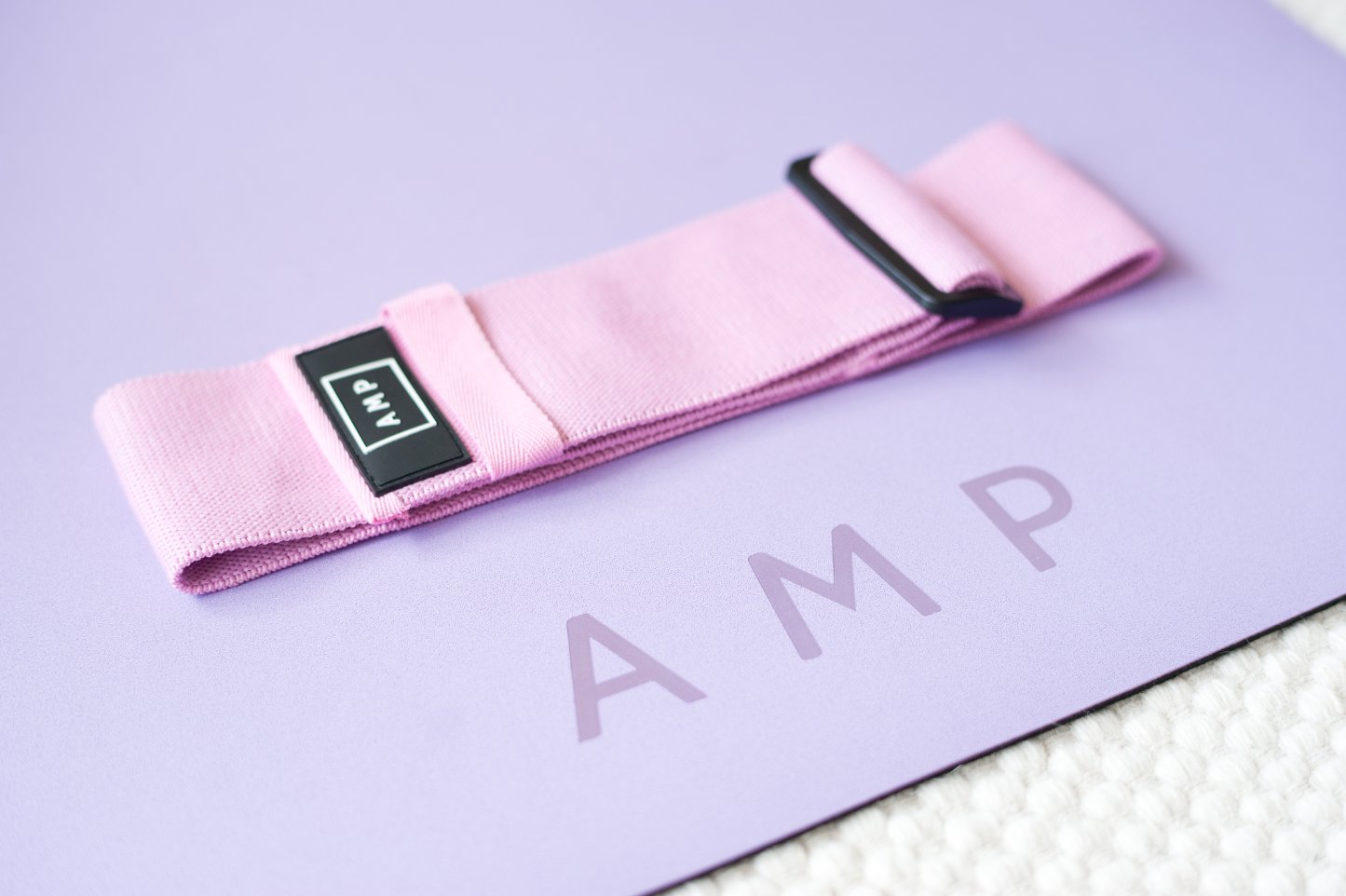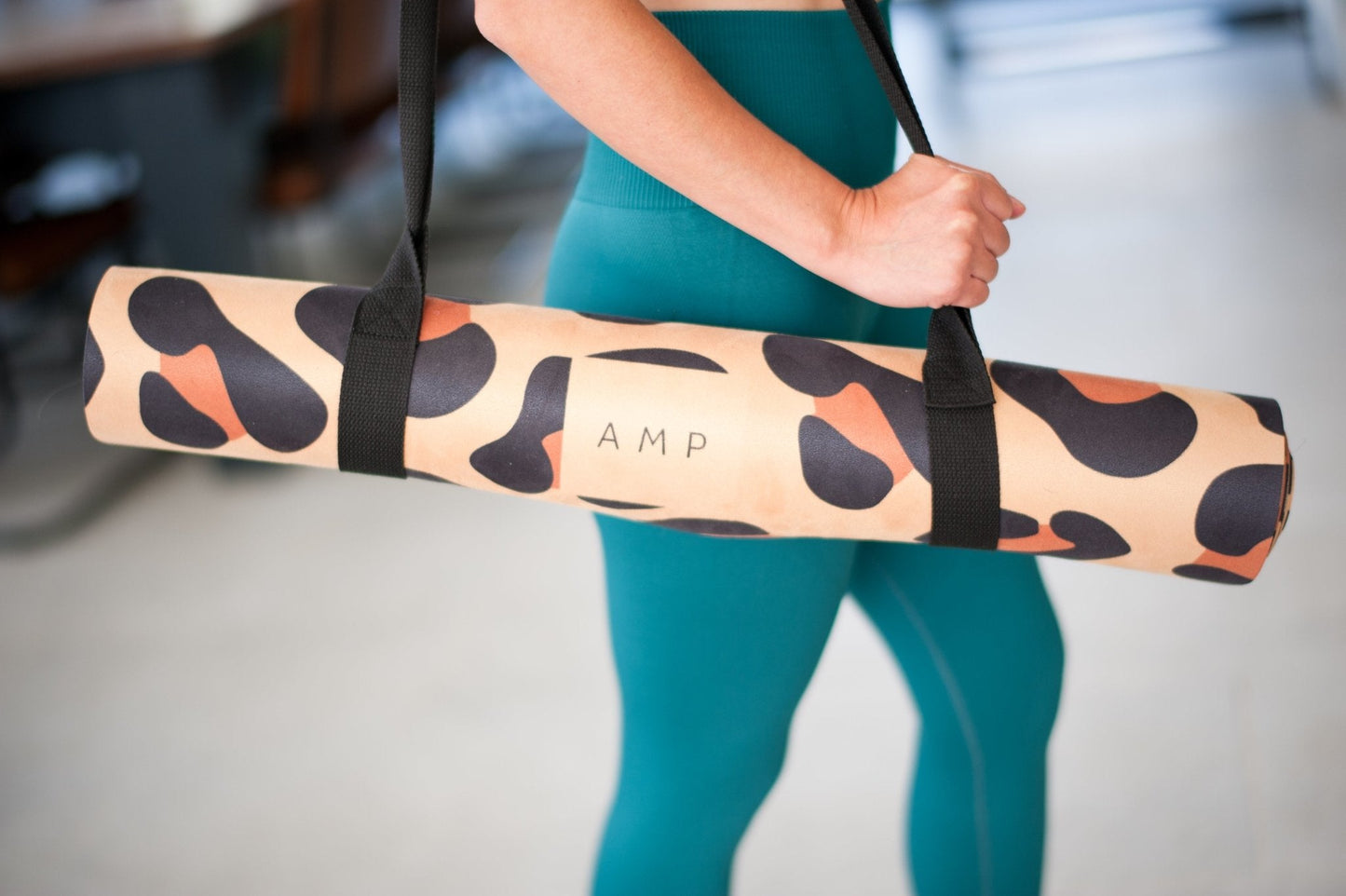In a world full of noise and stimulation, children, just like adults, need moments of calm. But unlike adults, they’re still learning how to find those moments for themselves. That’s where a calm space comes in.
By creating a calm space at home, children are able to process their day, regulate their emotions, and reconnect with themselves.
Why Calm Spaces Matter

Naturally children are curious and full of energy, often feeling overstimulated and overwhelmed. Therefore, calm spaces can act as a powerful tool to help with:
Emotional regulation: A quiet corner can help little ones process big feelings. Over time, this builds self-awareness, confidence, and the ability to pause when things get overwhelming.
Independent play: Calm spaces inspire more mindful movement and imaginative play. With fewer distractions, creativity has room to flourish.
A sense of safety: Having a familiar, comforting spot helps children feel secure. It teaches them that rest and regulation are not a reward, they’re a right.
Bonding: Sharing time in a calm space creates gentle, meaningful moments of connection. These quiet rituals help deepen trust, strengthen emotional bonds, and offer both parent and child a chance to simply be together.
How to Set Up a Calm Corner

No need to completely renovate your home, just find a space to add intention. Think soft, quiet, and accessible:
- A comfortable mat like the Amp Children’s Mat, designed for grounding movement and stillness.
- A few sensory-friendly props, think plush toys, calming books, or a gentle night light.
- A regular time to use the space, after school, before bed, or whenever they need a moment to reset.
Our Children’s Mat is made to support these moments. It’s lightweight, easy to clean, and gentle under growing feet and hands. Stylish enough to live in your living room, but soft enough for storytime, stretching, or a midday lie-down.
Real Growth Happens in the Still Moments

Helping your child find calm isn’t about doing more, it’s about creating space for less. Less pressure. Less noise. Less go-go-go. And in that space, something powerful happens: their nervous systems settle, their creativity reawakens, and they feel more like themselves.
A mat may seem like a simple tool but in the right hands (and little feet), it becomes a foundation for confidence, clarity, and calm.
Create a space that supports their wellbeing, one breath, one stretch, one quiet moment at a time.
Final Thoughts

Creating a calm corner with a children’s mat is a simple yet powerful way to support your child’s emotional wellbeing, imagination, and sense of safety. Whether it’s helping them navigate big feelings or encouraging moments of mindful play, this gentle ritual can make a lasting impact on their growth and confidence.
Ready to set up a space they’ll love?
Shop our Children’s Mat and give your child the soft, supportive foundation they need to feel safe, seen, and centred.

























